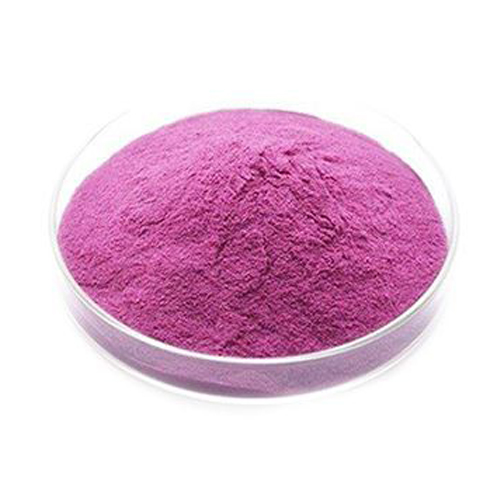Dimethoxytrityl (DMTCl44) is a powerful and versatile compound widely used in organic chemistry as an effective group protecting agent, eliminating agent, and hydroxyl protecting agent for nucleosides and nucleotides. Its unique properties and diverse applications have made it an indispensable tool in the field of chemical synthesis.
DMTCl44, with the chemical formula C28H23Cl2NO2, is commonly known as Dimethoxytrityl chloride. It has a CAS number of 40615-36-9 and is highly valued for its ability to protect and functionalize various functional groups, thus enabling the synthesis of complex molecules with precision and efficiency.
One of the key features of DMTCl44 is its capability to protect hydroxyl groups, particularly in nucleosides and nucleotides. These compounds play a vital role in DNA and RNA synthesis, and their protection is crucial in order to preserve their stability during various chemical transformations. DMTCl44 effectively shields the hydroxyl group, preventing unwanted reactions and allowing selective modifications to occur at other functional groups.
Moreover, DMTCl44 serves as an efficient eliminating agent or deprotecting agent. It facilitates the removal of protective groups once the desired chemical modifications have been achieved. This characteristic is especially significant in multi-step synthesis, where protecting groups need to be selectively removed to expose reactive sites for further transformations. The ability of DMTCl44 to eliminate protecting groups selectively and efficiently has revolutionized the field of organic chemistry, enabling researchers to explore complex synthetic routes and develop new molecules with enhanced biological activities.
The transformative reactions facilitated by DMTCl44 are manifold. It is widely employed in the synthesis of nucleoside and nucleotide analogs, which are essential in drug discovery and development. By strategically blocking specific functional groups, chemists can manipulate the reactivity of these compounds to create novel analogs with improved pharmacological properties. The role of DMTCl44 as a hydroxyl protecting agent is crucial in these processes, as it ensures the preservation of the desired biological activity while allowing modifications at other positions.
DMTCl44 also finds utility in peptide synthesis, particularly in the protection of amino acids during solid-phase peptide synthesis. Amino acids contain multiple reactive functional groups that can lead to unwanted side reactions during the synthesis. By employing DMTCl44 as a group protecting agent, chemists can control the reactivity and selectively protect specific functional groups, enabling the stepwise assembly of peptides with high purity and yield.
In addition to its applications in the field of synthesis, DMTCl44 has contributed to significant advancements in organic chemistry. Its use as a protecting group has allowed the development and synthesis of various natural products, pharmaceuticals, and bioactive molecules. It has opened new avenues for the design and synthesis of novel drugs, catalytic systems, and functional materials.
In conclusion, Dimethoxytrityl (DMTCl44) has emerged as an indispensable tool in the world of organic chemistry. Its role as an effective group protecting agent, eliminating agent, and hydroxyl protecting agent has significantly contributed to the advancement of chemical reactions and the development of new molecules. Its unique properties and versatile applications make it an essential reagent in various fields, including pharmaceuticals, biochemistry, and materials science. As researchers delve deeper into the fascinating world of DMTCl44, it is certain that more transformative reactions and innovative applications will be discovered, further pushing the boundaries of organic chemistry.
Post time: Sep-26-2023





